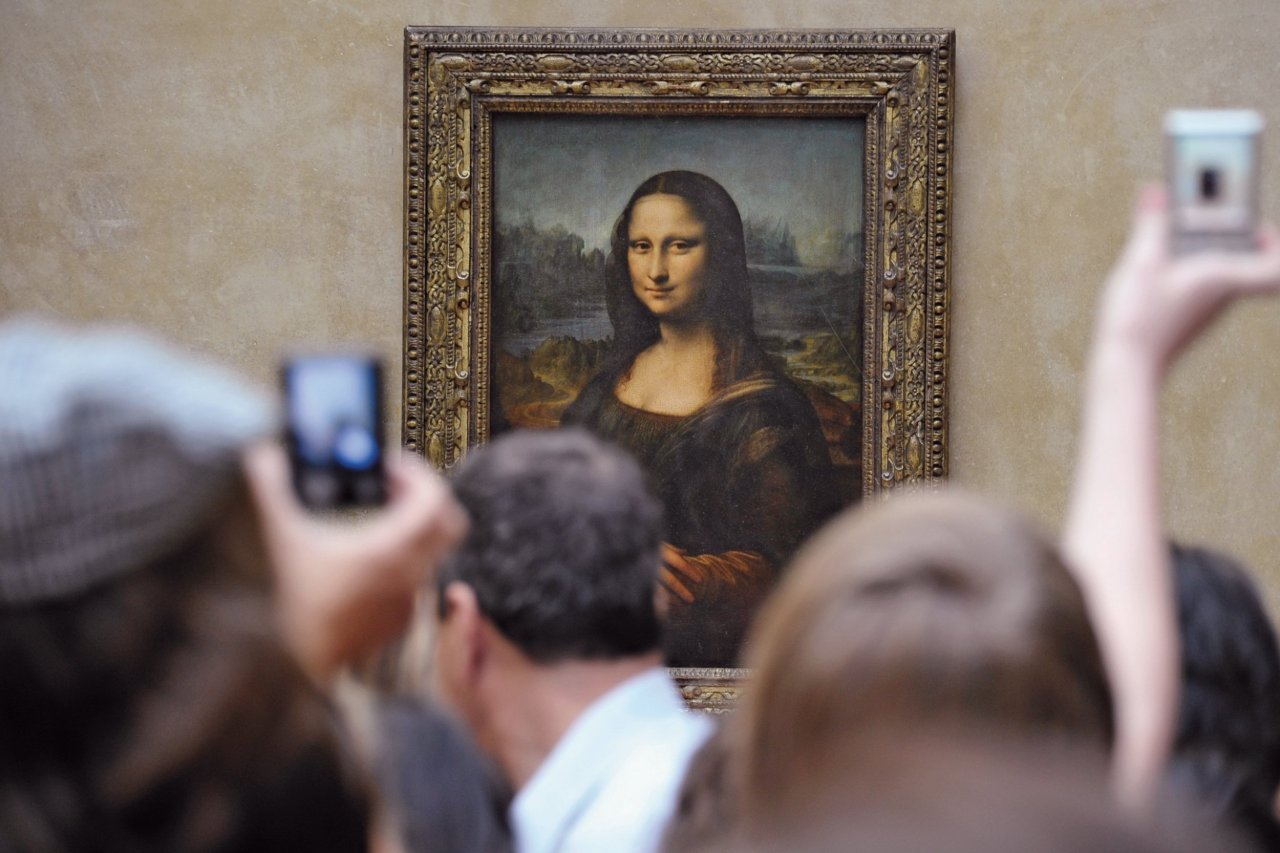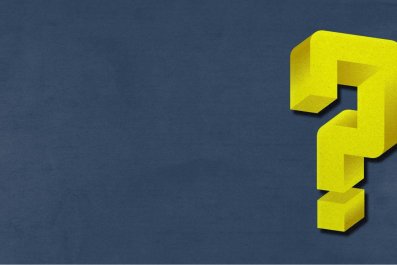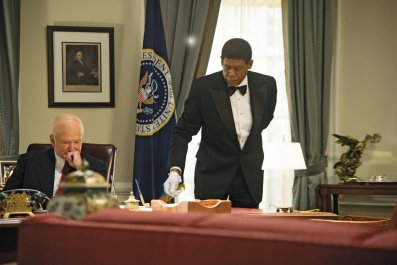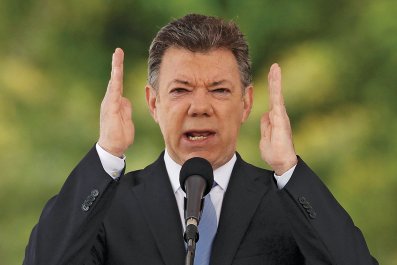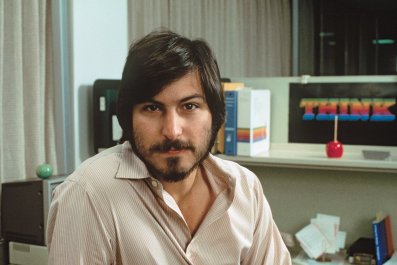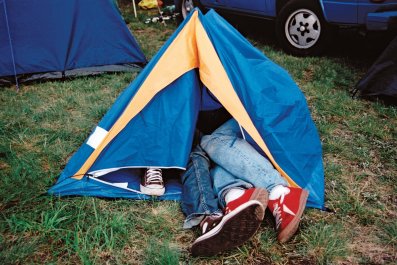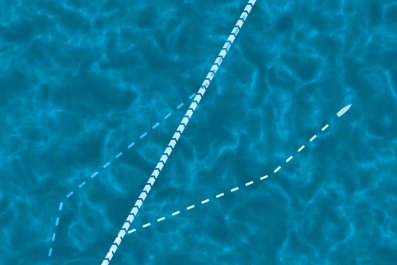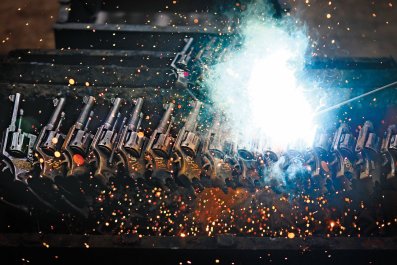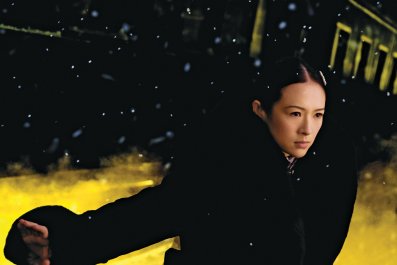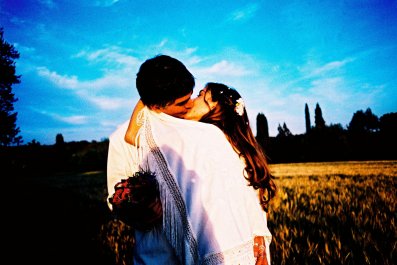Deep below the ruins of the Sant'Orsola convent in Florence, workers in white jumpsuits gently brush away the dirt surrounding the skeletal remains of eight women buried here more than five centuries ago. One of the skeletons is very likely that of Lisa Gherardini del Giocondo, believed to be Leonardo da Vinci's model for his famous painting of Mona Lisa. But in order to find out which of the ancient bones are hers, archeologists led by the head of Italy's national committee for cultural heritage, Silvano Vinceti, are going to extreme measures.
The bones of the youngest skeletons were carbon-dated last spring to determine with precision which were most likely to have been buried in the 1500s, when Lisa Gherardini was laid to rest, according to family records. Once the most likely remains were identified, archeologists were still unable to ascertain with complete certainty if the remains were really those of Leonardo's most famous model, also rumored to be his lover. This week, however, they came one step closer to solving the mystery, by digging up the bones of Gherardini's kin.
Because there is no doubt that Gherardini's husband is buried in the crypt below the church, experts are using his DNA to positively identify their son Piero, whose remains are interred with him in the family tomb. Piero's DNA will then be used to confirm Lisa's identity because he will have her DNA as well as his father's.
If Lisa Gherardini's son can prove his mother's identity from the grave, then the real challenge begins, says Vinceti, who is planning to commission a detailed computer-generated reconstruction of Mona Lisa's face from the skull, which, he says, will have a margin of error of around 5 percent. "But it will be clear enough to see what she really looked like, and, perhaps more importantly, whether the famous smile was hers."
"If it doesn't look like her," he says, "we are back to square one,"
There have been many theories by art historians about just what inspired her subtle expression. Vinceti says that the virtual reconstruction of her face will allow scientists to determine whether she was hiding bad teeth or had a facial impediment or whether it was her mouth at all. Some historians have concluded that the famous Mona Lisa smile was added later, maybe years after Gherardini sat for the painting, and that da Vinci's self-portrait may be hidden in the painting of his model. The reconstruction will not answer all the questions surrounding the mysterious masterpiece, but it will eliminate some theories, says Vinceti. "We will know if Lisa Gherardini looks like the Mona Lisa," he says. "But even if she does, we have no way of ever finding out just what she was smiling about."



